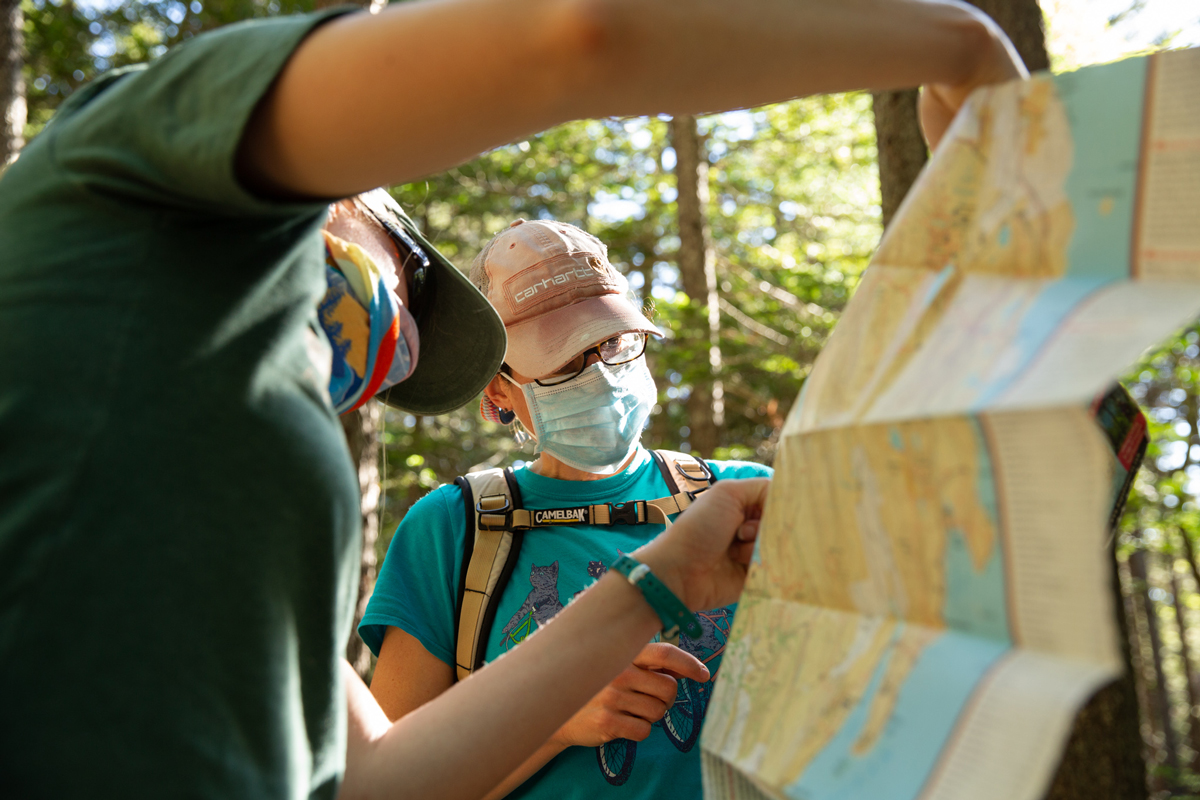News Release

Photo by Emily Moses, Friends of Acadia
|
Subscribe
|
Contact: Jay Elhard, 207 2888-807
BAR HARBOR, ME – National Park Service staff studying effects of the Coronavirus pandemic found wide variations in park visitation, fewer park programs, gaps in long-term monitoring of natural and cultural resources, and lost park-related employment across the U.S. in 2020.
“One of the greatest impacts of the pandemic for national parks is all of the lost opportunities for education and employment that national parks and partner organizations provide for people starting their careers,” said Abe Miller-Rushing, science coordinator at Acadia National Park and the lead author of a study recently published in the journal Biological Conservation.
Findings in the paper show that in the early stages of the pandemic in April 2020, visitation to U.S. national parks declined by about 87 percent. In some parks visitation rebounded quickly as the summer progressed, while in others it remained low. For example, Denali National Park and Preserve in Alaska got less than 10 percent of its normal visitation in 2020.
Other parks, particularly those near urban areas, experienced increased numbers of visitors as people sought safe areas for recreation and exercise. At Indiana Dunes National Park, an additional 150,000 people visited in 2020 compared to the previous year. Park officials attributed at least part of the increase to beach closures in other public spaces.
Miller-Rushing said researchers are still evaluating how these changes in visitation and traffic affected wildlife, cultural resources, and environmental conditions like air quality and noise pollution. Many long-term research projects and management actions at national parks were delayed or cancelled due to COVID 19, which complicates the challenge of collecting adequate data for analysis. Limited staffing forced some parks to prioritize resource protection activities, such as at Blue Ridge Parkway in North Carolina and Virginia, where only six of 33 active studies continued. Because they were unable to carry out fieldwork, many NPS scientific staff shifted to analyzing past data or relied on gathering data by automated monitoring equipment.
Parks and partner organizations hired fewer seasonal employees and cancelled many internship programs, creating hardships for those who rely on these opportunities to gain experience and skills. The authors estimated that these changes affected the careers of 47,946 youth volunteers, interns, and conservation corps members. “These lost opportunities will have cascading impacts on students and early career researchers, managers, and educators during the coming years,” Miller-Rushing said.
At the same time, other opportunities for education increased. Yellowstone National Park in Wyoming and Montana, and many other parks and partners, offered more online programs and content. Visits to these online education resources spiked when schools shifted to remote learning in the spring of 2020.
For more information, the pre-print of the paper can be found at: https://www.sciencedirect.com/science/article/pii/S0006320721000902#s0150
Last updated: April 12, 2021
